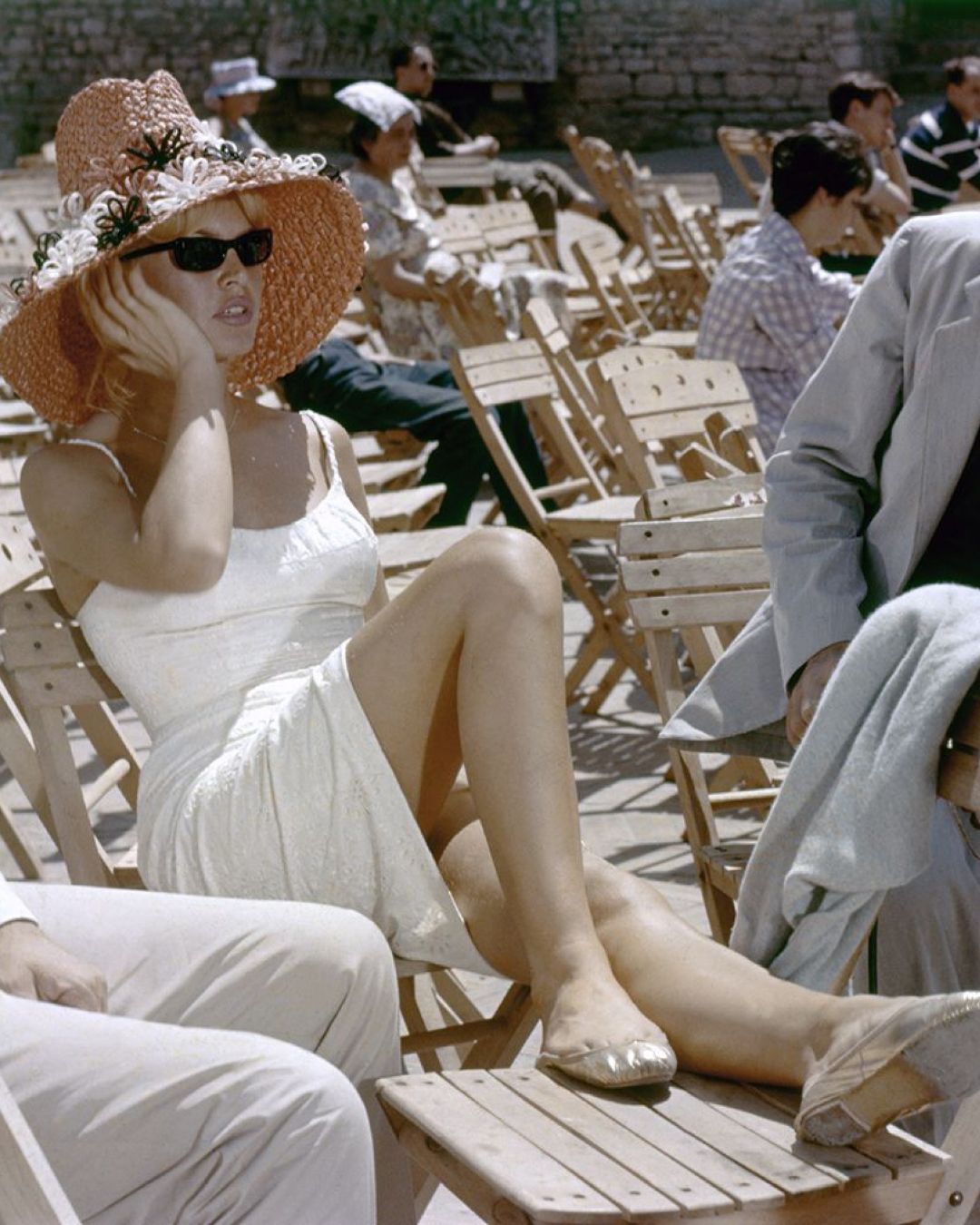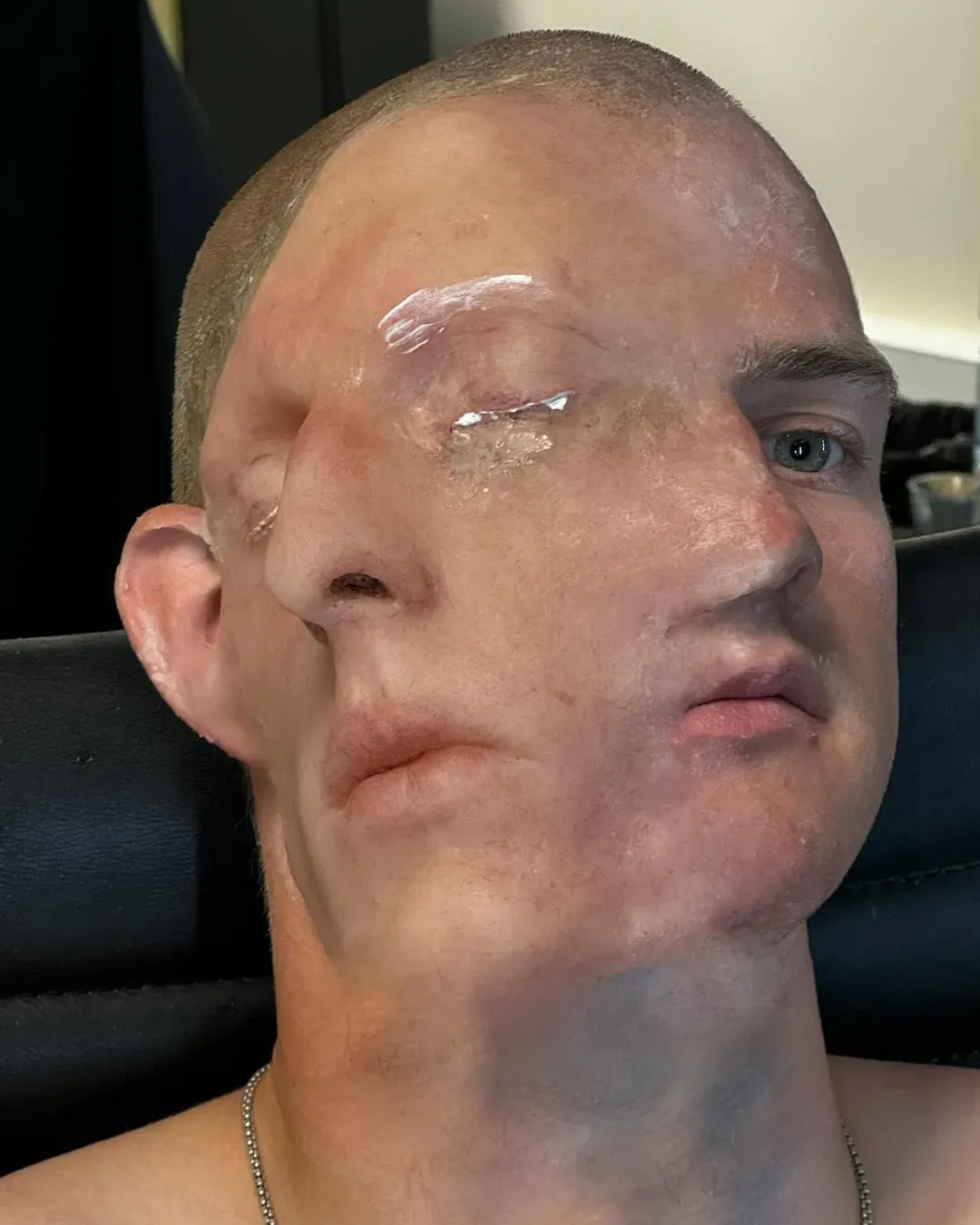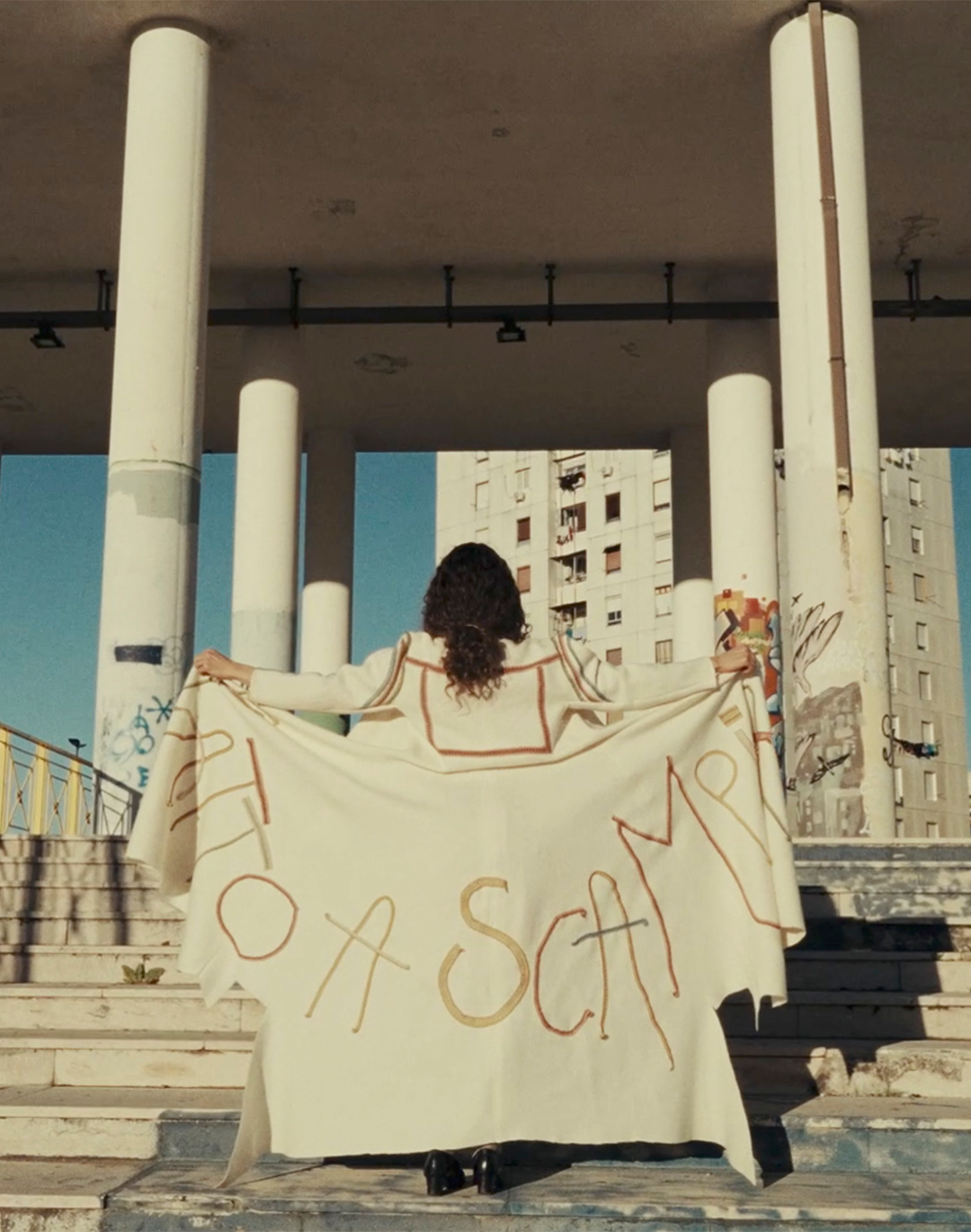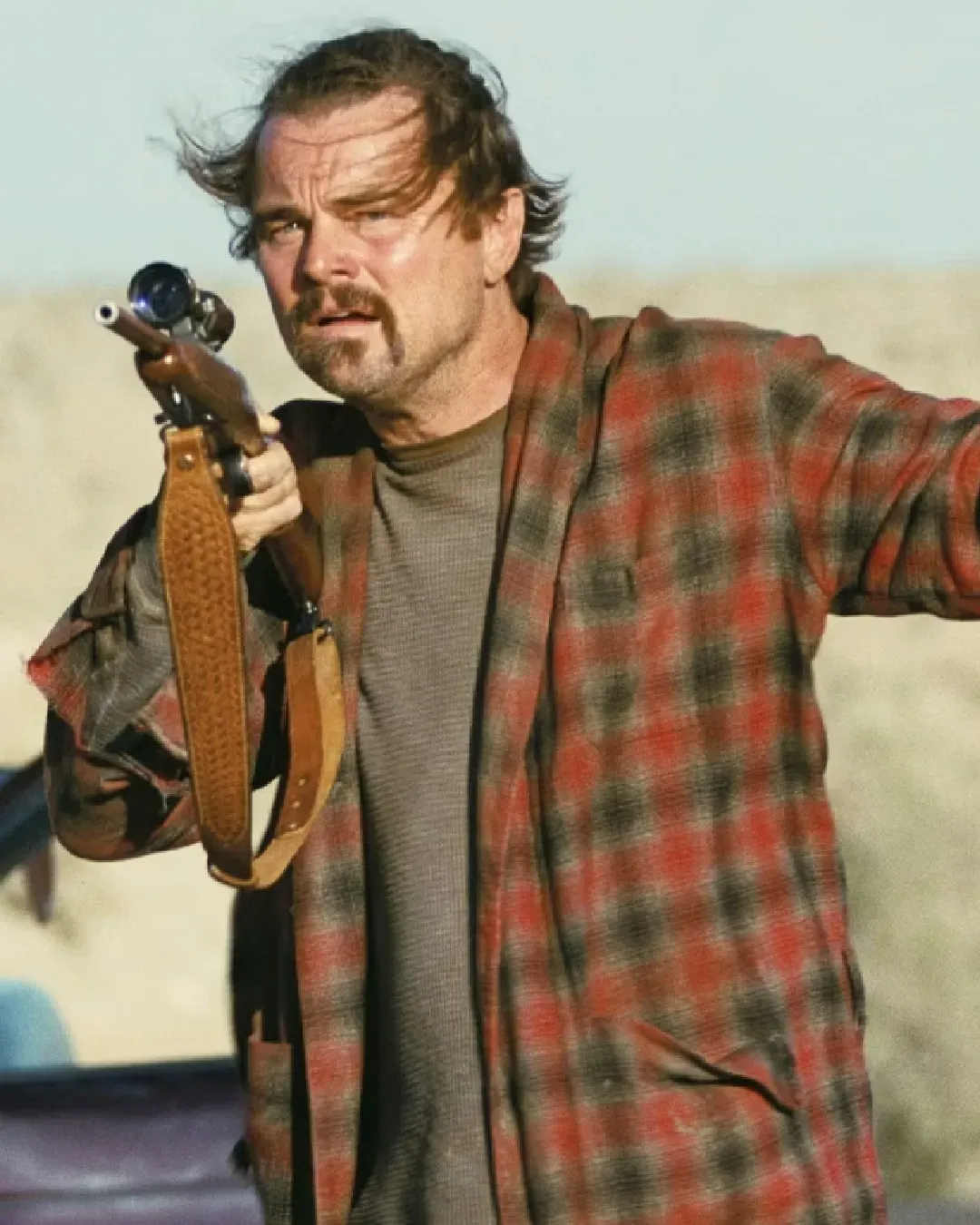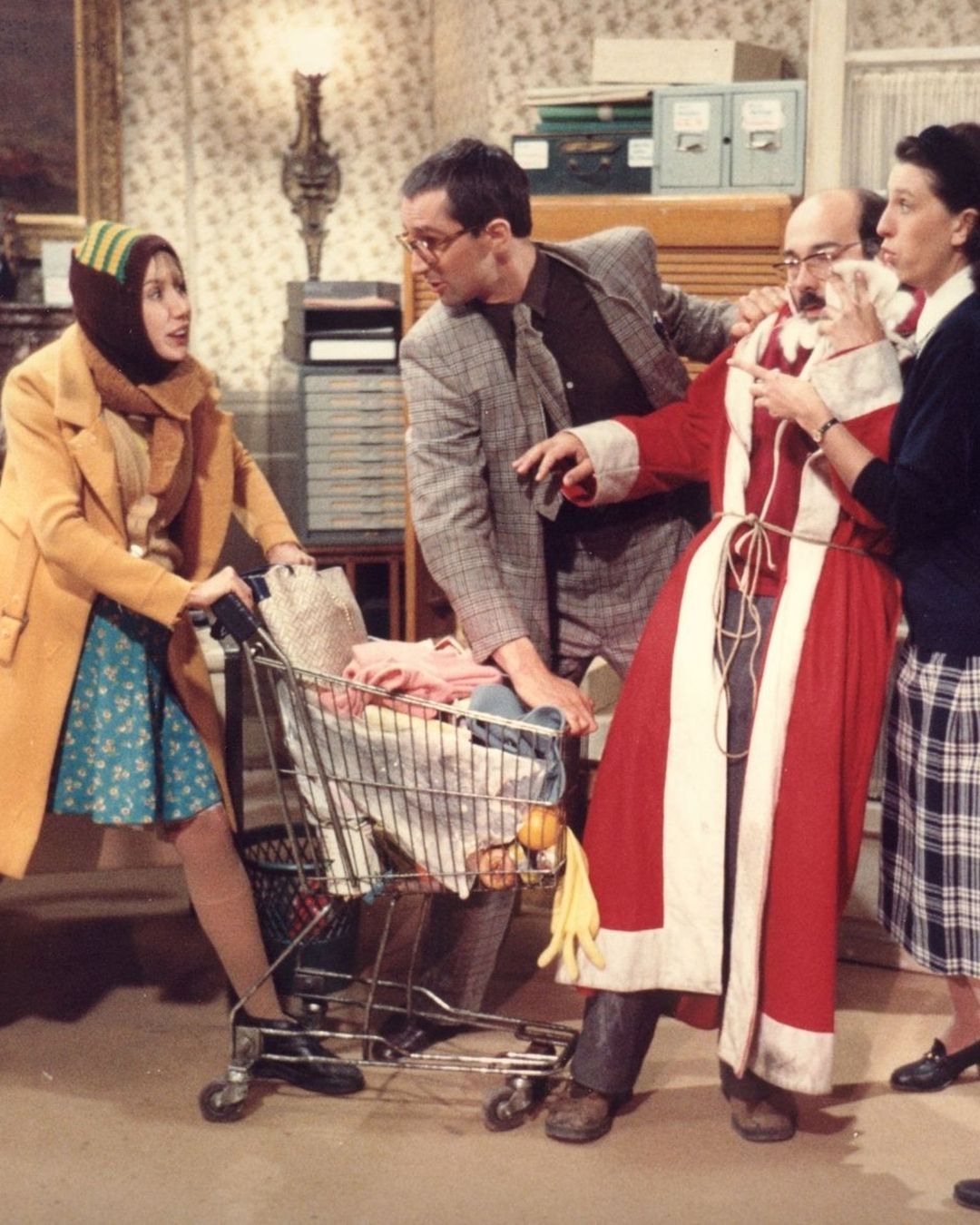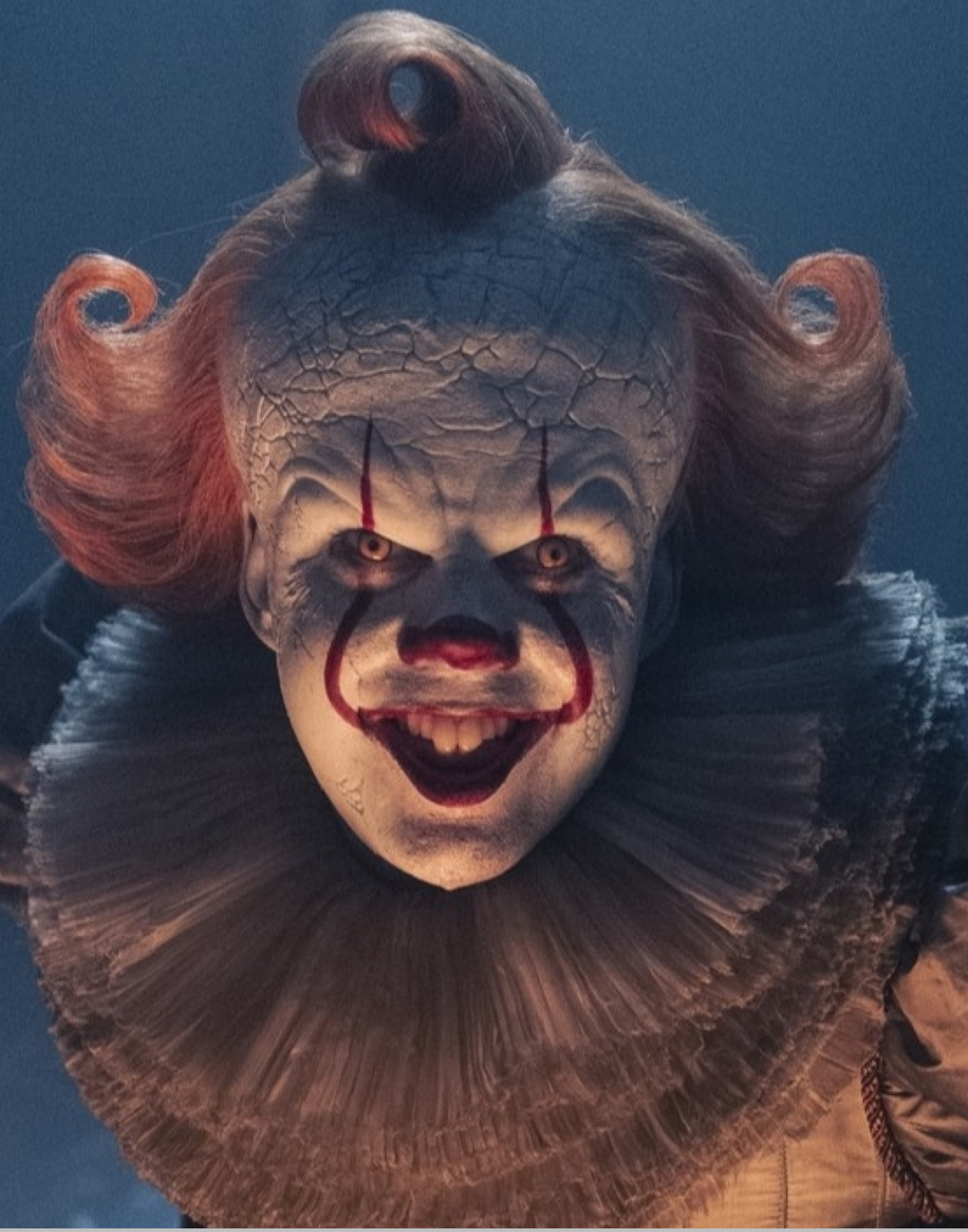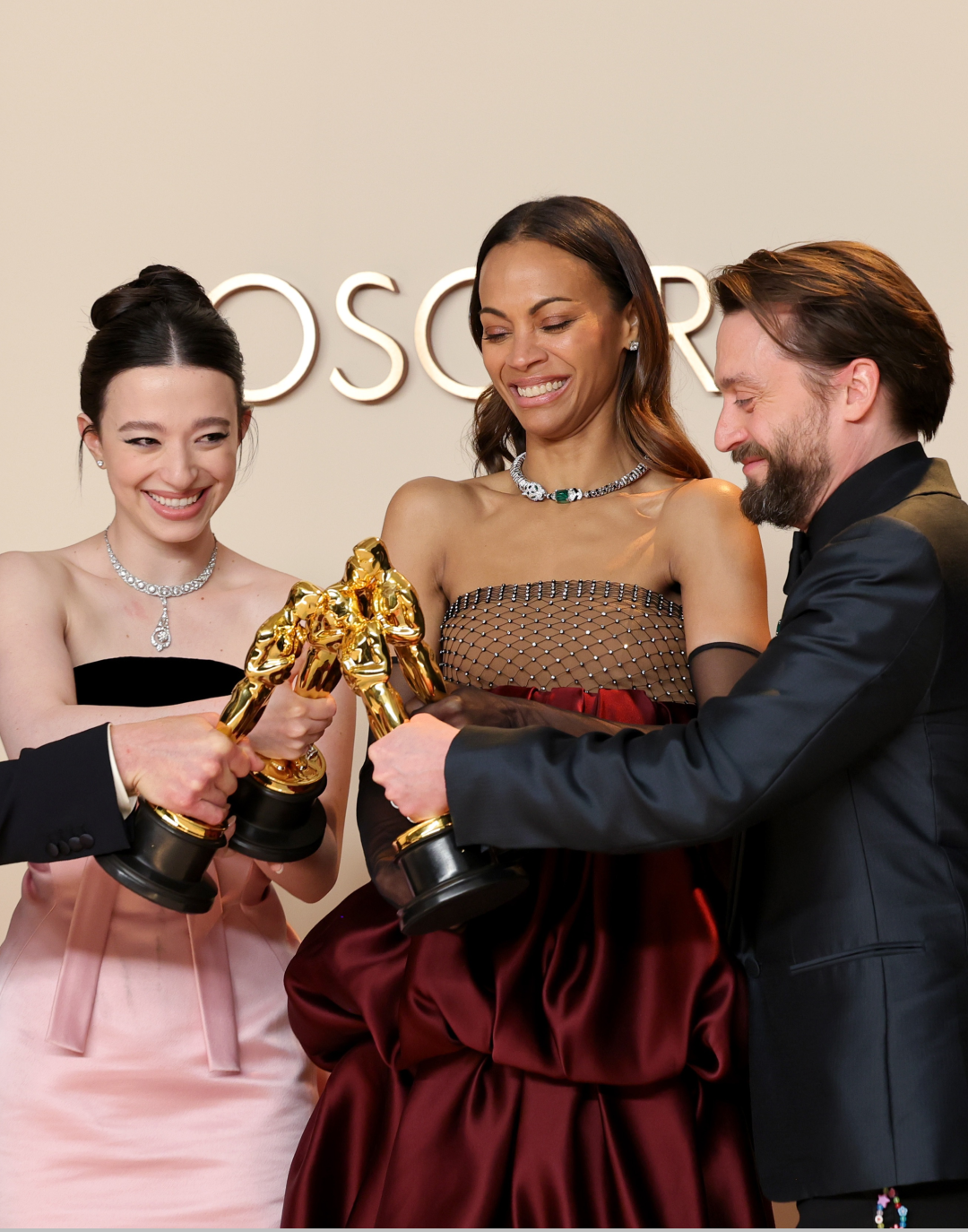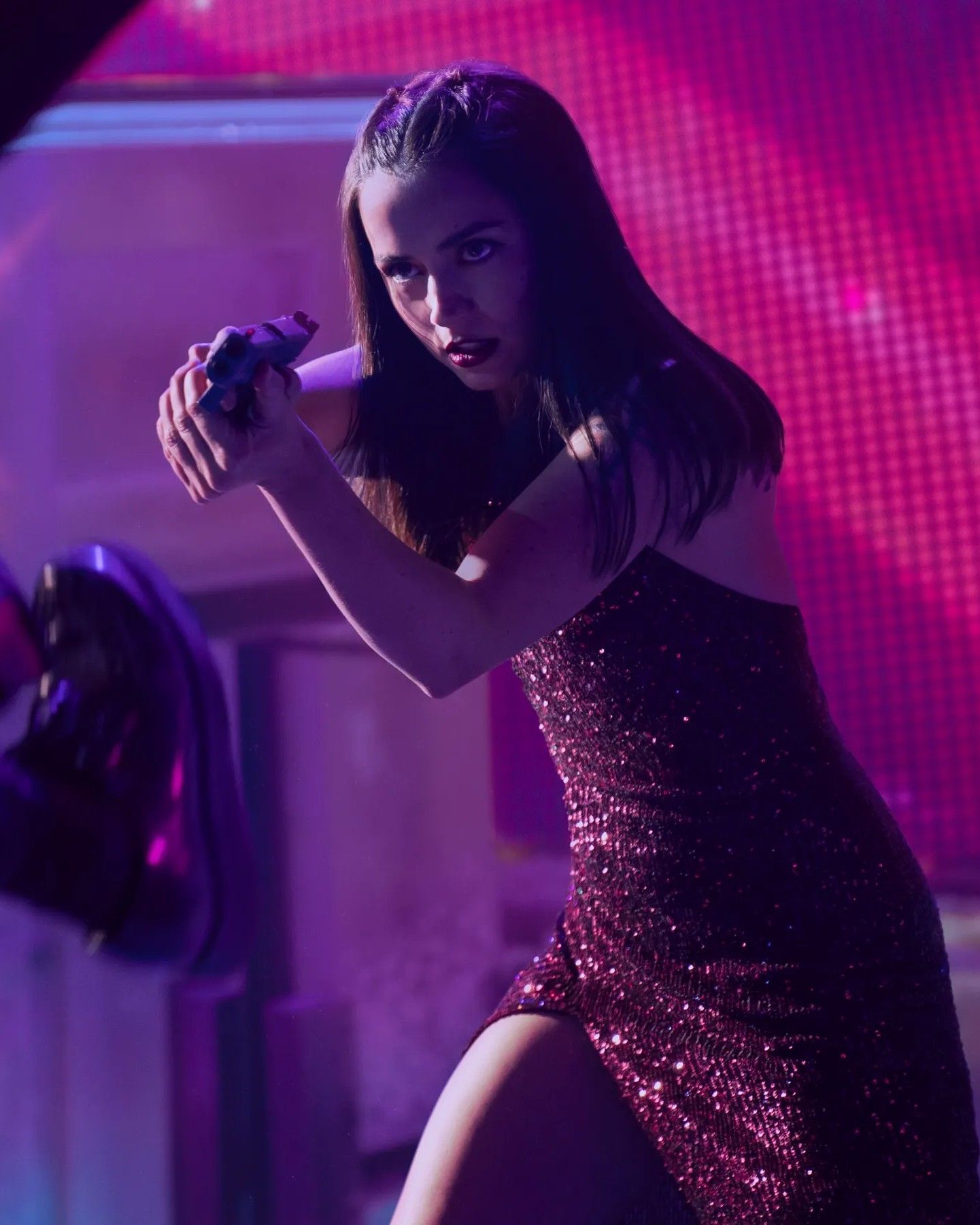
"Ballerina" is a good fanservice operation Thanks to reshoots and Keanu Reeves, Ana de Armas' character fades into the background
Action cinema loves heroines, but to what extent? Ballerina, a spin-off that must include the tagline From the World of John Wick, proves that even a genre considered macho and over-the-top can have a female protagonist capable of winning over and convincing the audience—though only partially, and often with a little push. The proof lies in the choice of protagonist: Ana De Armas, whom we would have preferred to see in another possible spin-off, that of Paloma, a character who steals the scene in about ten minutes in the final chapter of Daniel Craig’s James Bond in No Time to Die. A secret agent who appears out of nowhere, making viewers wonder who she is, what she does in life, what her other missions are, and why it’s not possible to follow her in an adventure of her own. From the start, former rights holder of 007, Barbara Broccoli, dismissed the possibility of using the spy for a film or series centered on the character, making it clear they intended to cast De Armas in the continued expansion of the John Wick Universe, already broadened with the miniseries The Continental, and which will even expand further with the confirmed fifth chapter involving Keanu Reeves' protagonist.
The casting choice in Ballerina is smart and calculated, and it indeed paid off thanks to the presence and strength of the actress on the big screen—though less vibrant than the spark that was Paloma, also due to the tormented and conflicted background of her character Eve Macarro (the name of the protagonist played by De Armas in the film). After witnessing her father’s execution and hiding from a young age within the Ruska Roma community, the protagonist joins the Kikimora led by the matron played by Anjelica Huston, the Director in charge of a group of male and female assassins assigned deadly tasks. An entity that continues the mythological folklore tradition introduced by John Wick, once again a malevolent spirit whose services, however, are used to protect others, always for exorbitant prices proportionate to the dangers faced. Unlike Wick, Mrs. Macarro doesn’t get the chance to prove she can stand on her own, and a quick look at the official trailer gives us an early clue. With John Wick available—and not afraid to use him—the film immediately aimed to capture viewers' attention by giving Baba Yaga a fair amount of screen time in the two-minute video.
In Ballerina, there’s never the sense that Wick is just one of the side characters, an afterthought whose inclusion led to countless reshoots of Ballerina and the resulting delay in its release, with Reeves becoming almost the main character, especially in the third act. Amid rumors that Chad Stahelski, original director of John Wick, directed and "fixed" the film by reshooting most of Ballerina’s new scenes over two to three months of additional filming, it seems that only the action parts of the film needed adjustment—not the narrative. That’s also what Leni Wiseman of Underworld, the official director, stated, and along with Stahelski, denied any absence during the reshoots. Judging by the final result, it's clear that the only way to resolve the issue was to give more space to a John Wick who was initially marginal, making him a fundamental element—if not of the story itself, then certainly of its action component. Thus, it’s worth asking whether Ballerina’s success was really just a fanservice operation aimed at pleasing franchise fans, whose skepticism stemmed from the semi-disappointment of the miniseries The Continental, in which Reeves didn’t appear at all.
So yes, action cinema does love heroines, but only—or to avoid absolutes, often—if there’s a hero there to give them a hand. Ballerina is a film superior to Red Sparrow, which took the world of dance and flipped it into a tale of espionage and combat, but well below Atomic Blonde—with Charlize Theron who could have solved the problem of a female James Bond with a trilogy dedicated to the MI6 spy. However, the rights transfer from Universal to Netflix delayed the sequel's production by years, and it has now seemingly vanished. Wiseman’s film, which throws out slogans like «Fight like a girl», doesn’t delve deep into Eve’s techniques or personality, resulting in a decent but not dazzling performance by Ana De Armas, with moments of enjoyable but not unforgettable entertainment—anyone who uses flamethrowers from now on will have to face comparisons with Quentin Tarantino’s Once Upon a Time in... Hollywood. A type of cinema that belongs to a universe allowed to expand only if its true protagonist agrees to be part of it. And so Ballerina doesn’t try to be anything other than secondary. A good, enjoyable, but still secondary film.


